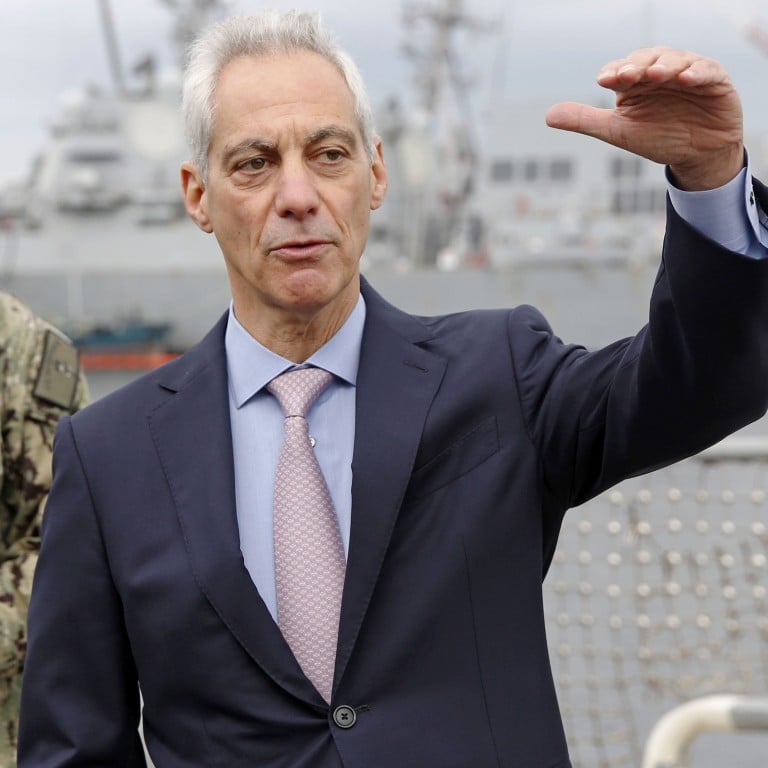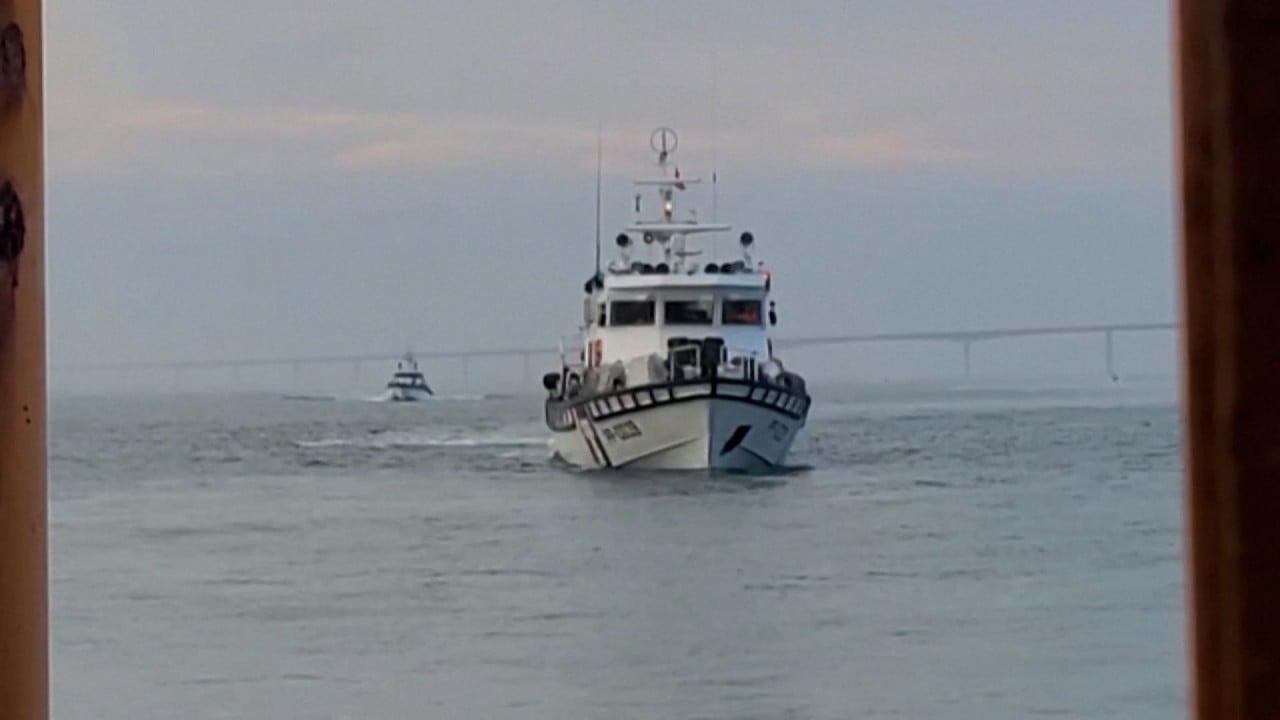
US-Japan defence upgrade aimed at tackling ‘more assertive China’: envoy
- US ambassador to Japan Rahm Emanuel said the move is not meant ‘for just one contingency,’ but ‘it’s built around the security in the Indo-Pacific’
- He added the allies ‘are literally in the first chapter writing a new era’ as Prime Minister Kishida heads to Washington for a summit with President Biden
Speaking ahead of Japanese Prime Minister Fumio Kishida’s visit to the US next week as a state guest, where a series of agreements are expected to showcase the robust ties of the close allies, the ambassador told reporters, “We are literally in the first chapter writing a new era.”
Without going into the details of how the military command framework will be modified, Emanuel said, “The change is to deal with a series of challenges – ones we know and ones we don’t know, and you have a much more assertive China, not just in the Taiwan Strait.”
Is Japan enhancing civilian air hubs and seaports for US military use?
Concerns have also grown over a possible invasion of Taiwan by Beijing, which sees the island as part of China to be reunited by force if necessary.
While many nations, including the US, do not officially acknowledge Taiwan as an independent state, they oppose any use of force to alter the existing status quo.
“We believe whatever we do working with Japan in this new fashion will better enhance the way we do a plan,” the ambassador said.
According to sources close to the matter, the modification to the alliance would involve strengthening the authority of the US Forces Japan, which has so far lacked operational control of military units in the Asian nation with its role largely focused on administering the status of forces agreement governing US personnel stationed there.
Currently, the US Indo-Pacific Command, based in Hawaii, has authority over forces assigned to its vast area of responsibility that includes Japan, and the different time zone and physical distance has been seen as not efficient for interaction with the Japanese Self-Defence Forces.
The revamp is expected to come in conjunction with Japan’s planned set-up of a joint headquarters by March 2025 to unify the command of its ground, maritime and air forces.
Trump won’t rock US-Japan alliance, ‘China to be dominant focus’ if re-elected
Apart from defence issues, cooperation in areas including technology, space and clean energy is expected to be on the agenda when US President Joe Biden hosts Kishida for talks and a state dinner on Wednesday. It will be the first visit to the US by a Japanese prime minister as a state guest since 2015.
“We haven’t done this with any other country. We don’t know where it will go, etc,” he said, but noted that the idea is to basically put medical resources, tents, water and other items in a warehouse so they can be “deployed immediately” and “anywhere in the region” that is affected by a disaster.


